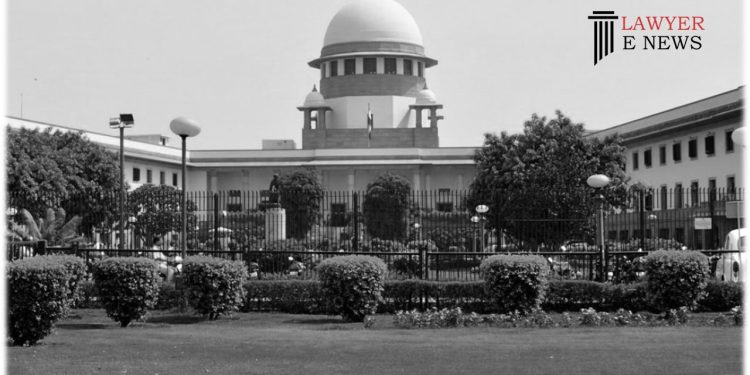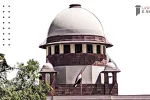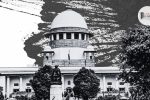Section 27 Evidence Act: Recovery Cannot Be Relied Upon When Accused Statement Is Not Recorded-SC

The Supreme Court noted that in the lack of a record of the accused’s statement, the recovery under Section 27 of the Evidence Act cannot be relied upon.
A murder suspect who was concurrently found guilty by the Trial Court and the High Court was exonerated by the bench of Justices B R Gavai and M M Sundresh.
Boby and the other defendants were found guilty of the crimes listed in Sections 395, 365, 364, 201, 380, 302 and 302 read in conjunction with Section 34 of the IPC. In the appeal, Boby’s defence claimed that a Memorandum under Section 27 of the Indian Evidence Act, 1872, was necessary in situations of recovery started at the request of an accused person based on testimonies provided to the police. It was argued that neither such a Memorandum nor the signatures of independent or panch witnesses were obtained at the time the body of deceased Vishwanathan was recovered.
The bench of the Supreme Court noted that the trial court had based its decision on the following facts: I that the accused was last seen with the deceased; (ii) that the accused No. 3 Boby recovered stolen property, including jewellery; (iii) that the accused No. 1 Shibu @ Shibu Singh recovered a spade; and (iv) that the accused No. 3 Boby requested the recovery of the body.
Regarding circumstance (iv), the bench noted that Boby (accused no. 3/appellant in this case) has not provided a statement that has been recorded in accordance with Section 27 of the Evidence Act.
The court stated, “We are thus of the considered opinion that the prosecution has failed to prove the fact that the deceased’s dead body was recovered at Boby’s request.”
“In the current matter, Boby (accused No. 3/appellant herein) has not provided a statement that has been recorded in accordance with Section 27 of the Evidence Act. Therefore, we believe that the prosecution has failed to establish the fact that Boby (accused No. 3 in this case and appellant) requested the recovery of the deceased’s dead body.”
The court made the following conclusions about Section 27 while tossing out the concurrent conviction:
According to Section 27 of the Evidence Act, the information provided must clearly relate to the fact that was discovered and must encompass both the location where the object was produced and the accused’s knowledge of it. Information about an object’s previous users or usage history has nothing to do with how it was found. State of Karnataka v. David Rozario (2002) 7 SCC 728; Chandraran v. State of Tamil Nadu (1978) 4 SCC 90
To the extent provided for in Section 27 of the Evidence Act, IO shall draw the discovery panchnama. State of Karnataka v. Subramanya (2022 SCC Online) 2022 LiveLaw (SC) 887) SC 1400
The individual providing the information must be both (1) an accused of any crime and (2) in police custody in order for Section 27 of the Evidence Act to be applicable. According to the court, the provisions of Section 27 of the Evidence Act are based on the idea that if a fact is actually discovered as a result of information provided, some assurance that the information was accurate is provided, and as a result, the said information can be safely given in evidence. State of Bihar v. Suresh Chandra Bahri, 1995 Supp. (1) SCC 80
Boby
vs
State of Kerala






